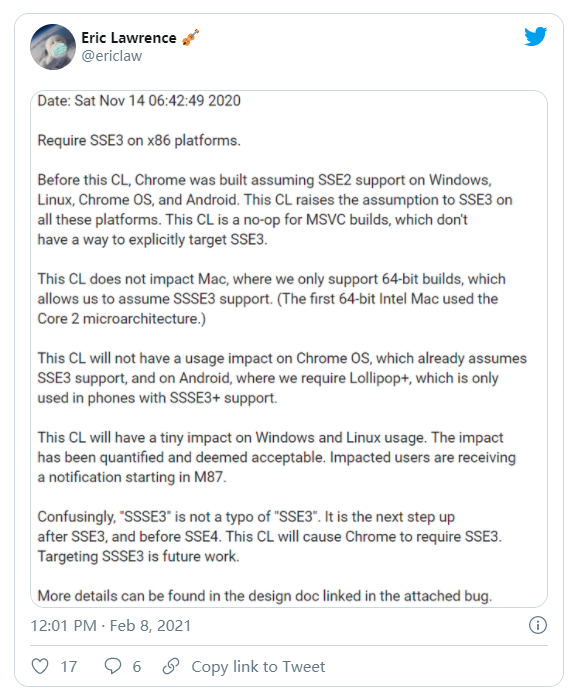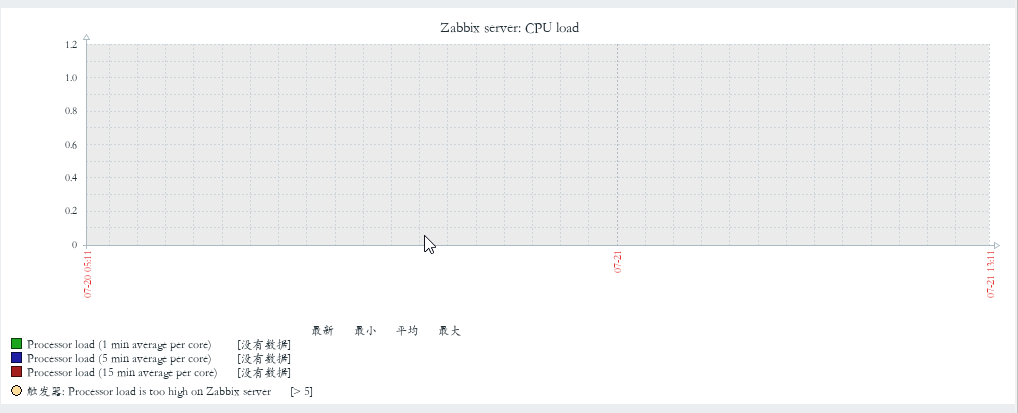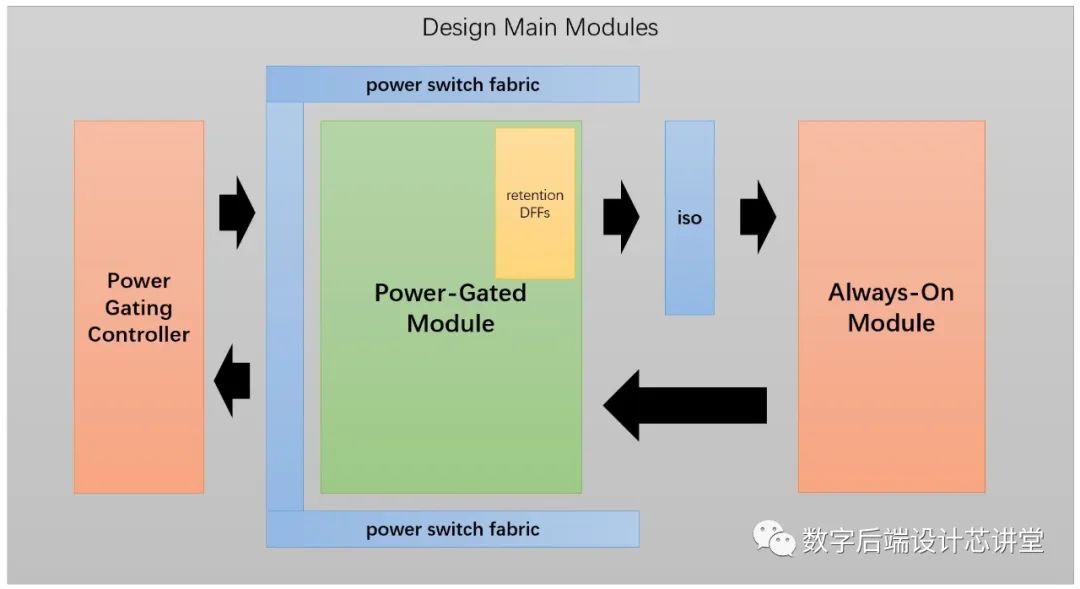Hi everyone,
reading through this google group and the fiddles and blogpost linked from there, I managed to get page transitions working with ng-animate.
Here's my Fiddle
the fiddle is nicely commented, please let me know if anything's unclear
By setting a 'transitionClass' (either .LR or .RL) on the ng-view I was able to trigger different css-transitions for every view change.
Now, what I want to do, is manually applying a "back" transition in case of changing the view one step back, no matter whether that step back is caused by a link within the app or the browser's back button.
To do so, within app.run(), I'm listening for $locationChangeStart, saving the current url slug and then checking against it on the next $locationChangeStart to determine whether we're going back one page. If that's the case, the "back" transition is applied.
This works pretty well, except for...
The entering page (.page-enter, .page-enter-active) is transitioning as expected, while the leaving page (.page-leave, .page-leave-active) seems to be stuck on the previously used transition.
I'd expect, setting a transitionClass 'LR' on the ng-view, that both pages, entering and leaving, use the css transition for '.LR page-enter' and 'LR page-leave'.
What seems to happen instead: If the transitionClass was 'ANY' before, the ng-animate will use '.LR page-enter' for the entering page and '.ANY page-leave' for the leaving page.
Reproducing the 'bug':
App starts on Page 1. Go from 1 to 2. Now go from 2 to 3, this transition is broken. Go from 3 to 1, this transition works as expected. Both transitions are 'RL' (Right To Left), so they should look the same. The only difference being that page 2 enters 'LR' while page 3 enters 'RL'. So, actually, page 1 will use the '.enter-active' transition that was originally set for page 3 when changing from 2 to 3.
Is this the expected behavior?
I'm majorly confuzzled right now, but only working with angular for the last week or so and ng-animate being relatively new feature I might very well be missing something. So before reporting a bug or anything I'd welcome any input on this.
Thanks!





